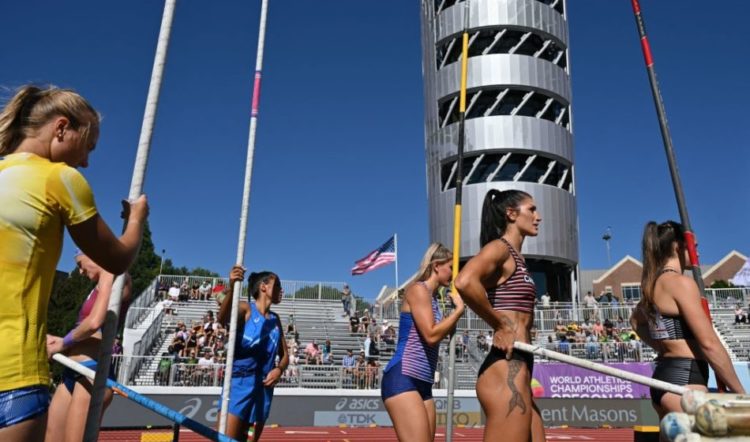Coach John Shepherd looks at how to perfect the final moments before a training session or competition
An athlete’s warm-up is vital – it should be progressive and designed to assist performance during the subsequent workout. In fact, it’s best to view the warm-up as an integral part of the workout.
RAMP it up
Warm-ups should follow what’s known as the RAMP protocol:
Raise: Body temperature.
Activate: Perform some gentle movements to get mind and muscles in gear.
Mobilise: Continue with faster, more specific, movements which directly. prepare the body for what’s to follow.
Potentiate: Step movements up a gear so that they stimulate the central nervous system to increase power outputs and facilitate dynamic movement.
I’m surprised by the number of athletes who just turn up at a track and don’t raise their body temperature by doing a lap or two before activating and mobilising.
Muscles are malleable and respond best with heat in them. Indeed, if you are late for a competition and have to warm-up quickly then some jogging, fast running and sprint drills will get you ready relatively safely (but don’t be late in the first place!).
Distance runners may see a two-mile slow run as a warm-up. Yes, that can work but if they went straight into some fast intervals then there’s the risk of injury as they will have neither worked their muscles over a bigger range of movement, nor at speed – specifically they will not have mobilised or potentiated. Whatever the event, it is better to follow the RAMP method.
Pole vaulters warm up in Eugene (Getty)
Stretching
When it comes to stretching – the Activate and Mobilise parts of the RAMP method – it’s best that any static stretches are not held for longer than 10-20 seconds. Thoughts have changed a little and research indicates that stretches of this length should not hamper subsequent dynamic activity. Indeed, athletes who have had a long day at work may need time to work out stiff backs and hips which can be caused by long-term desk work.
However, it is best to use more active stretches, such as arm swings, seated legs cycles and prone side-side to spine mobilisations. These can progress to more specific movements such as sprint posture drills (where the athlete stands on one leg with the other thigh elevated and held parallel to the ground).
From this position arms and legs can be moved as if running. Speed can also be progressed and in doing so hamstrings, for example, will perform…
CLICK HERE to Read the Full Original Article at AW…

